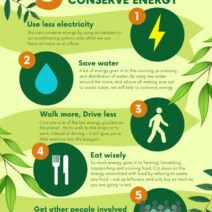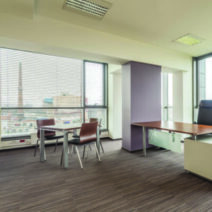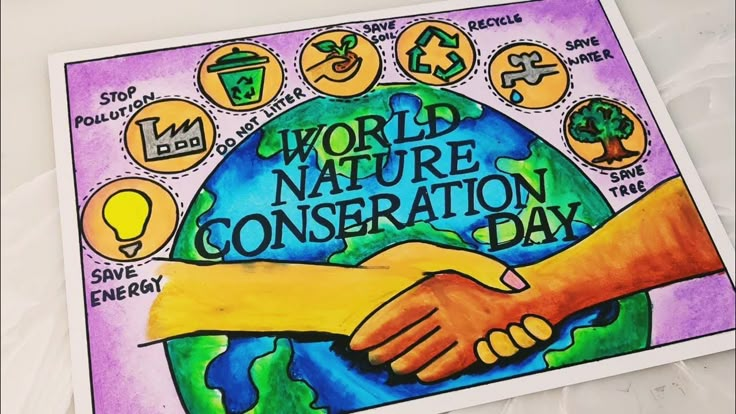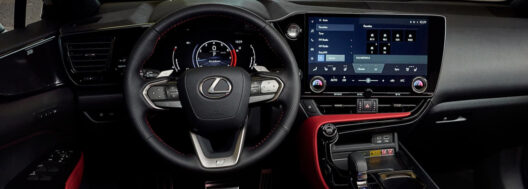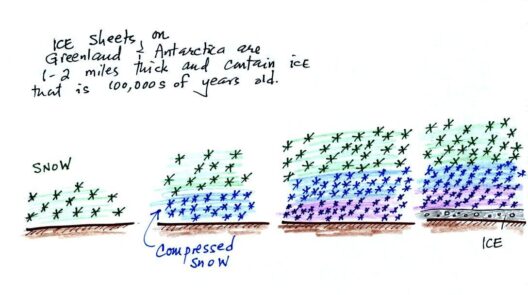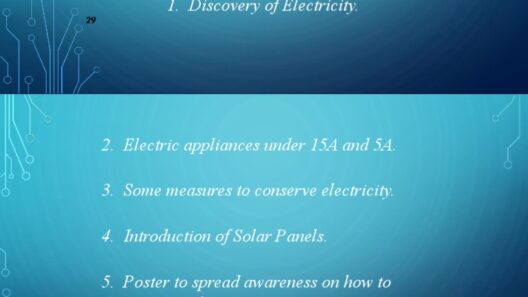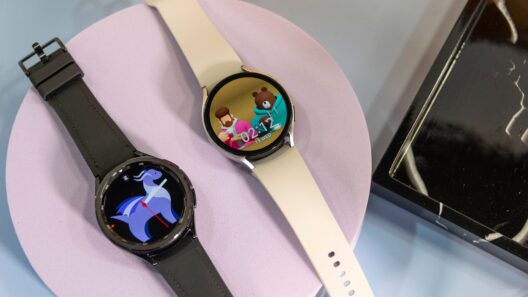Creating a poster on energy conservation is not merely an exercise in design; it is a powerful medium for advocating awareness and motivating change. Such posters can be instrumental in educational settings, community boards, or even social media presentations. However, it is essential to blend compelling visuals with informational content while keeping the message clear and impactful. This guide will provide a plethora of creative design tips to help you craft an effective energy conservation poster.
Understanding Your Audience
Before diving into the design process, take a moment to consider your target audience. Are you aiming to reach students, business professionals, or the general public? Understanding the demographic will inform the tone and complexity of your content. For younger audiences, consider using bright, engaging visuals and simpler language. In contrast, for adults, you may employ more sophisticated visuals and in-depth statistics to underscore the importance of energy conservation.
Crafting a Clear Message
The heart of your poster is its message. Start by identifying the key ideas you wish to communicate about energy conservation. These could vary from the importance of switching off lights to the benefits of renewable energy sources. Consider implementing a tagline that succinctly encapsulates your message. For instance, “Save Energy, Save Earth!” immediately conveys the correlation between energy conservation and environmental protection.
Selecting Compelling Visuals
Visuals play a pivotal role in reinforcing your message. Choose imagery that evokes an emotional response or fosters understanding. High-quality photographs, illustrations, and infographics can all be effective. Make use of visuals that depict energy-saving practices, such as turning off appliances or utilizing solar panels. Ensure that the visuals are aligned with the overall ethos of energy conservation.
Utilizing Color Effectively
The color palette you select can significantly affect the mood and readability of your poster. Opt for colors that resonate with the theme of sustainability. Greens, blues, and earthy tones often evoke feelings of calmness and nature, making them ideal for an environmental-focused poster. Additionally, ensure that there is a harmonious balance between text and background colors to maintain readability. Avoid overwhelming the viewer with too many contrasting colors; stick to a primary palette that complements the imagery.
Incorporating Typography
Typography encompasses more than just the choice of font; it is about conveying your message effectively. Select fonts that are legible from a distance. A bold font for the title will attract attention, while simpler fonts work well for secondary information. Balance is key; too many different fonts can detract from the overall visual appeal. A good rule of thumb is to use no more than two or three different fonts throughout the poster.
Using Data Wisely
If you are including statistics or educational facts, present them in a digestible format. Infographics, pie charts, and bar graphs can greatly enhance comprehension while maintaining engagement. For example, instead of stating “15% of energy is wasted by appliances left on standby,” consider illustrating this with a simple pie chart that visually represents energy loss. The more visually appealing the data, the more likely it is to resonate with your audience.
Encouraging Action
An effective energy conservation poster should not only inform but also inspire action. Include actionable steps for your audience to follow, such as implementing energy-efficient practices at home or in the workplace. Utilize bullet points for clarity. Consider adding QR codes that link to resources or websites where viewers can learn more or take further steps towards energy conservation.
Fostering Community Involvement
Community-driven initiatives can amplify the impact of your poster. Highlight local events, workshops, or campaigns aimed at energy conservation. Encourage viewers to participate and collaborate by providing contact information for local environmental organizations. This bridges the gap between knowledge and action, fostering a community ethos that values sustainability.
Testing Your Design
Once your poster is complete, seek feedback before finalizing it. Show it to a diverse group of individuals to gauge their reactions. Are they able to grasp the central message? Do the visuals and text resonate? Use this feedback constructively to refine your poster. A test audience can provide invaluable insights that can elevate the final product.
Finalizing and Printing Your Poster
When finalizing your design, ensure that the resolution is suitable for printing. The standard resolution for printed materials is 300 DPI (dots per inch). Once you have confirmed that all elements of your poster are polished and effective, select a quality printing service. Consider the paper type, as well; recycled paper not only promotes sustainability but also complements the theme of conservation.
Proper Display and Distribution
After printing, think critically about how and where to display your poster. High-traffic areas, such as schools, community centers, and cafes, can maximize visibility. Additionally, consider leveraging digital platforms for distribution. Sharing your poster online through social media channels can reach a broader audience and further disseminate the message of energy conservation.
In conclusion, crafting a poster on energy conservation requires a thoughtful balance of creativity, clarity, and engagement. By understanding your audience, creating a clear message, selecting impactful visuals, utilizing effective typography, and encouraging action, your poster can become a dynamic tool for raising awareness and inspiring change. Embrace the opportunity to use your artistic skills as a means to advocate for our planet and the responsible use of its resources.

